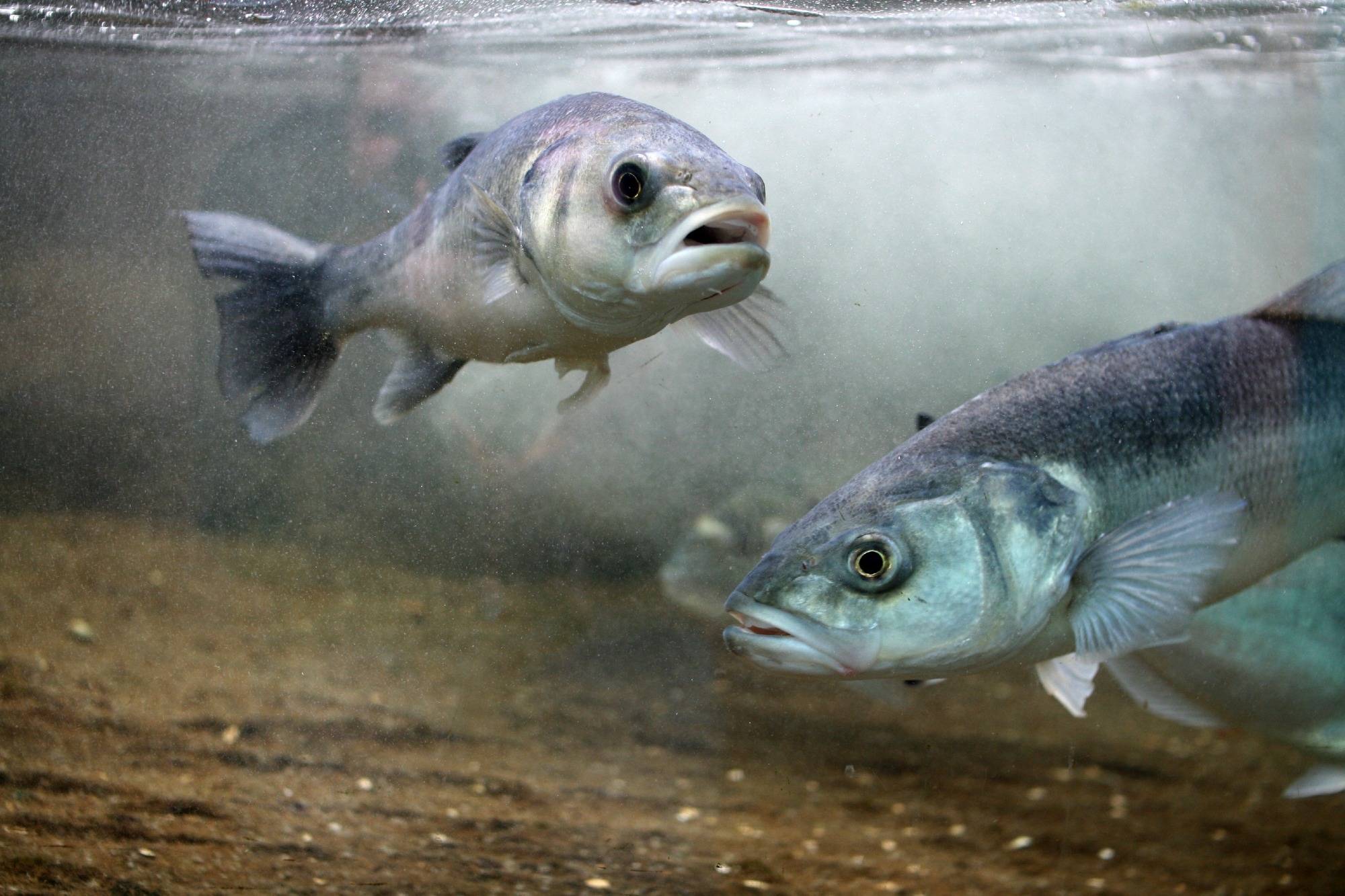In a recent study published in the journal Foods, researchers from Italy, Albania, and Montenegro conducted biomonitoring campaigns on fish and cephalopod species in the Mediterranean Sea to assess contamination levels of cadmium, microplastics, and antibiotics. They found negligible contamination by cadmium and antibiotics but high levels of microplastics in the stomach and gut of Sparus aurata (Gilt-head bream) and Dicentrarchus labrax (European seabass).
 Study: The EU Interreg Project “ADRINET”: Assessment of Well-Known and Emerging Pollutants in Seafood and Their Potential Effects for Food Safety. Image Credit: Al Pidgen / Shutterstock
Study: The EU Interreg Project “ADRINET”: Assessment of Well-Known and Emerging Pollutants in Seafood and Their Potential Effects for Food Safety. Image Credit: Al Pidgen / Shutterstock
Background
The Mediterranean Sea, a biodiversity hotspot, faces significant pollution from various sources, including industrial and anthropogenic activities, with potential risks to marine ecosystems and human health. The Adriatic Network for Marine Ecosystem (ADRINET) project, spanning from 2018 to 2020, aimed to address these challenges by improving coastal management and preserving biodiversity in collaboration with Italian, Albanian, and Montenegrin partners. This initiative focused on three Mediterranean bays, analyzing fishing practices and pollution impacts. Biomonitoring campaigns targeted key fish and cephalopod species to assess contamination levels of cadmium, microplastics, and antibiotics. By delivering scientific methodologies and tools for environmental risk management, ADRINET aimed to promote a sustainable Blue Economy, enhance food safety, and safeguard marine ecosystems. Current scientific evaluations beyond the project's duration aim to provide continued monitoring and harmonized results across research groups until 2023.
In the present study, researchers examined the presence of major environmental contaminants, including cadmium, antibiotics, and microplastics in commercial fish and cephalopod species to enhance environmental risk management and promote a sustainable Blue Economy.
About the study
From 2018 to 2020, sampling was conducted in three Mediterranean bays—Castro Bay (Italy), Vlora Bay (Albania), and Boka Kotorska Bay (Montenegro). Various marine species were included, such as Sparus aurata, Dicentrarchus labrax, Sepia spp., and Loligo spp. A total of 468 samples were collected for cadmium analysis, 260 for microplastics analysis, and 420 samples were collected for qualitative antibiotic analysis. Additionally, from 2021 to 2023, 100 samples of Sparus aurata and Dicentrarchus labrax were collected from each bay for further antibiotic evaluation using multi-residual analysis. Fishermen were trained to ensure consistent sample sizes.
Cadmium analysis was performed using inductively coupled plasma mass spectrometry. Microplastics were extracted using hydrogen peroxide treatment and filtration and viewed under a stereomicroscope. Multi-residual analysis of antibiotics in fish samples was undertaken using ultra-performance liquid chromatography-high resolution mass spectrometry.
Results and discussion
Cadmium levels were measured in Loligo spp. and Sepia spp. from three bays, with concentrations mostly below maximum levels (MLs) set by the European Union, except for glands in Castro Bay. The study highlights potential cadmium contamination in marine cephalopods, particularly in specific regions like Castro Bay.
All samples from the three bays contained microplastics in the gut and stomach of Sparus aurata and Dicentrarchus labrax. Four types of microplastics were identified: fibers, fragments, plastic films, and spherical granules. Airborne-microplastic contamination in blank samples was found to be minimal. While the lowest microplastic counts were found in Boka Kotorska and Vlora Bay, the highest count was found in Castro Bay. A t-test indicated a significant difference between microplastic counts in samples versus procedural blanks (p < 0.001), while analysis of variance revealed significant differences among sample groups (p < 0.05).
Quinolone and tetracyclines were detected in Sparus aurata and Dicentrarchus labrax samples from Castro Bay, while no antibiotic residues were found in samples from Vlora Bay and Boka Kotorska Bay. Multiresidual analysis confirmed these results, revealing the presence of flumequine, tetracycline, oxytetracycline, doxycycline, and chlortetracycline only in samples from Castro Bay. The method showed high selectivity with no interference in blank samples, good recoveries, and a strong fit of matrix validation curves, indicating robustness with minimal matrix effect.
Based on the study's findings, it is imperative to conduct monitoring and cleanup initiatives to identify the sources of pollution and evaluate potential risks to public health. Further, leveraging the framework established by the ADRINET project across the three sub-regions examined in the present study could serve as a model for regional or national adoption, enabling monitoring seawater pollution and ensuring seafood safety.
Conclusion
In conclusion, the findings indicate that while the environmental conditions in the bays studied by the ADRINET project partners seem positive, with low contaminant levels in caught fish, the presence of microplastics in high concentrations in the stomach and gut of certain fishery products is concerning. Additionally, the ADRINET project was established to foster international collaboration for territorial development and enhance the quality of life for the populations involved. Consequently, the data gathered will contribute to a better understanding of bay contamination and facilitate implementing strategies to ensure seafood quality and safety, thereby supporting economic growth in the regions under investigation.
Journal reference:
- The EU Interreg Project "ADRINET": Assessment of Well-Known and Emerging Pollutants in Seafood and Their Potential Effects for Food Safety. Bonerba E. et al., Foods, 13(8):1235 (2024), DOI: 10.3390/foods13081235, https://www.mdpi.com/2304-8158/13/8/1235